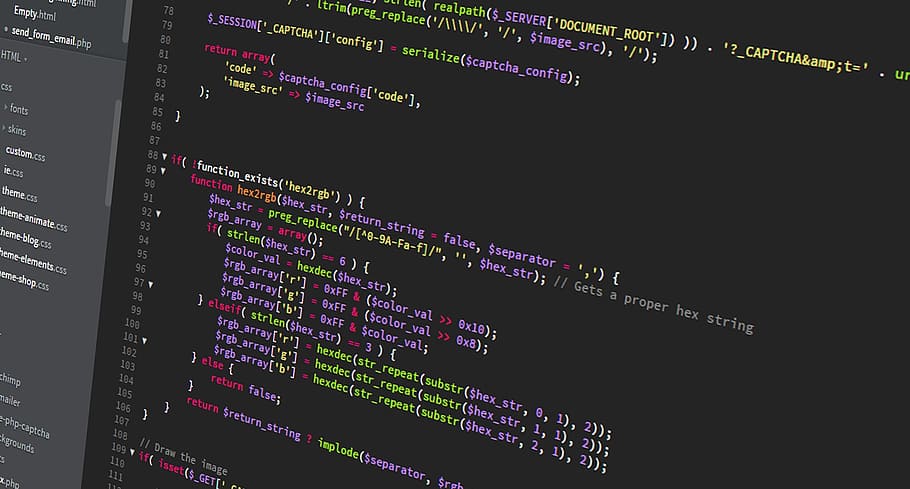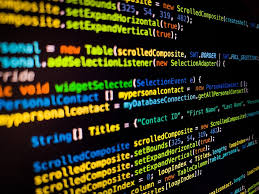Python Subprocess Library
Python Subprocess Library is a A single executable, or sequence of executable and arguments. Learn More about it here. Parameter DetailsA single executable, or sequence of executable and arguments – ,args’ls’ [‘ls’, ‘-la’]Run under a shell? The default shell to on POSIX.shell/bin/shWorking directory of the child process.cwd Python Subprocess Library: More flexibility with Popen Using … Read more












